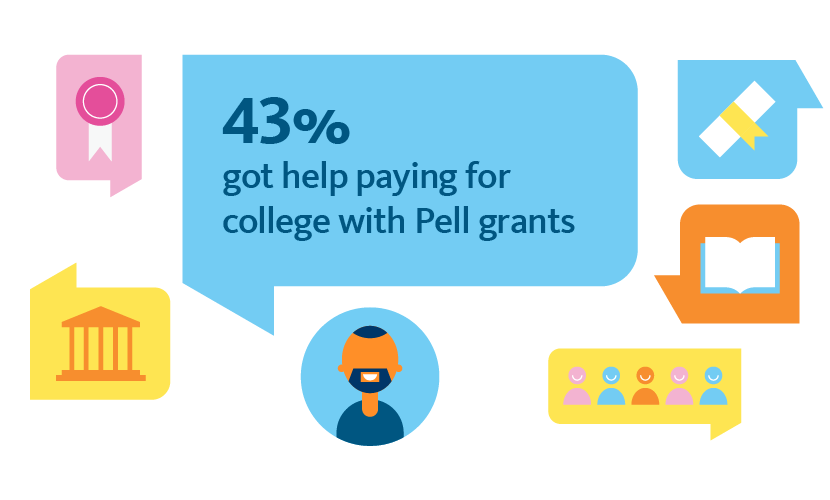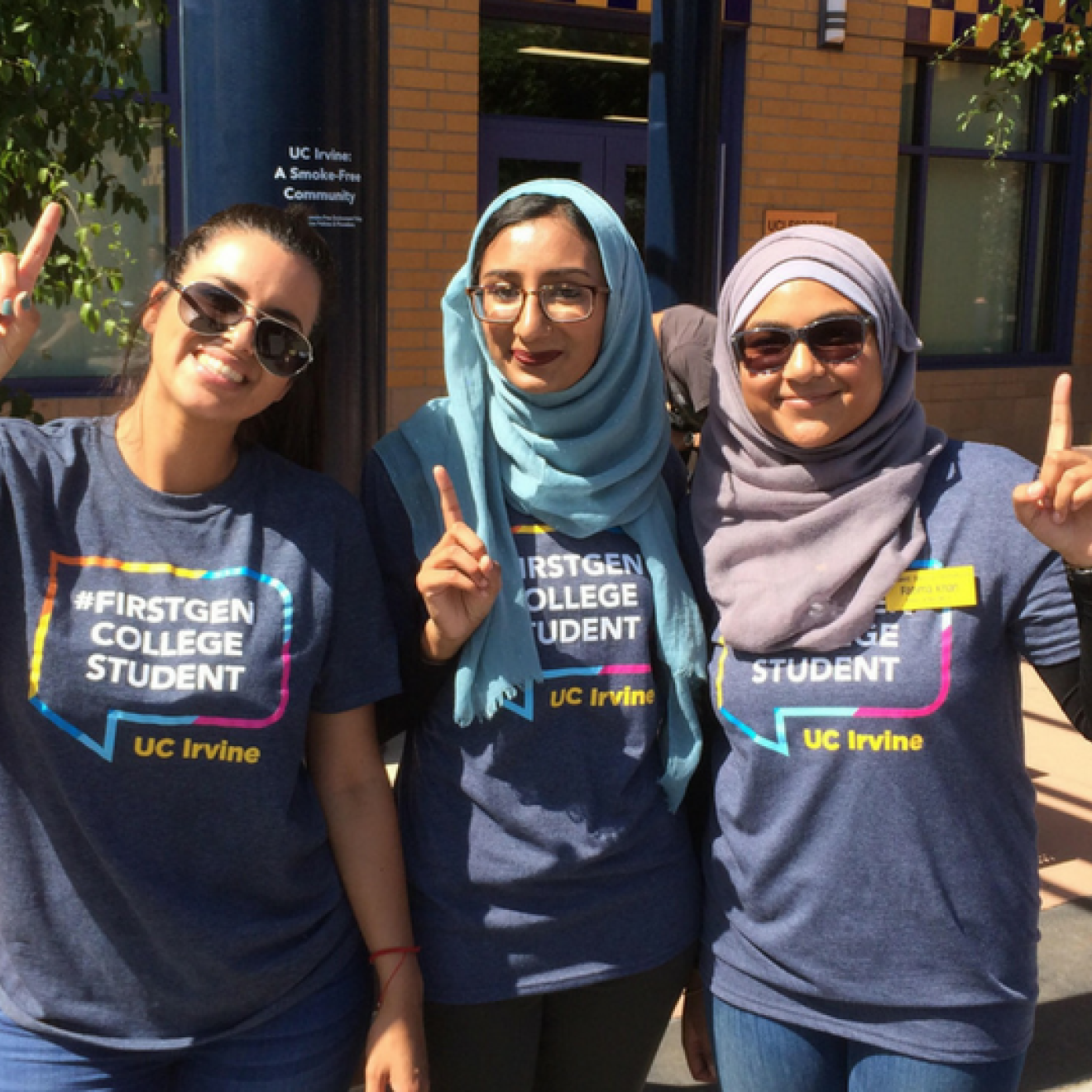Apollonia Morrill, UC Newsroom
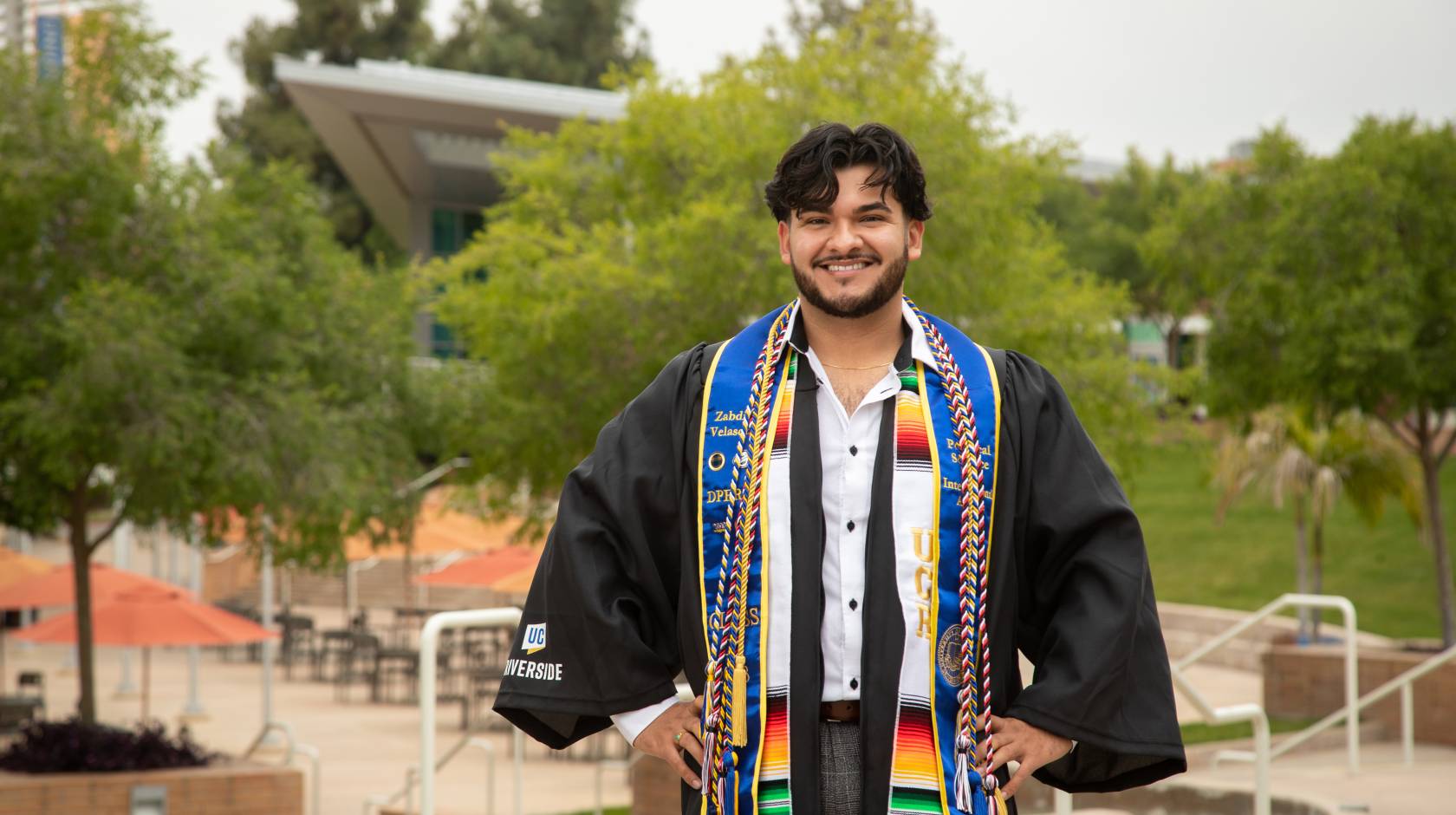
When political science major Zabdi Velásquez graduates from UC Riverside in mid-June, he will be one of thousands of new University of California alums entering their next chapter unburdened by student loans.
In fact, more than 60 percent of UC students complete their studies without student debt.
“On paper, UC seemed expensive. But they have a plan that helps a lot of us low-income families actually be able to attend,” Velásquez said. “Because of these opportunities, I was able to attend, and afford to attend. I’m going to graduate debt-free, which is something that I would’ve never imagined.”
The son of migrants who never completed high school, Velásquez transferred to UC from a community college. Now, just two years later, he has not only earned his bachelor’s degree, but is heading to UCLA for a Ph.D. in political science.
“I would say to other first-gen and transfer students, like we say in Spanish, sí, se puede, it is possible. It’s a hard journey, but it’s possible.”
The University has long been committed to ensuring that cost is never a barrier to a UC education, as Velásquez’s story illustrates. Through a robust financial aid program, UC covers all systemwide tuition and fees for California students whose family incomes are $80K or less. And many low-income students get additional help with the cost of housing, books, transportation and food.
UC’s strength as an agent of social and economic mobility is reflected in key statistics about the Class of 2023, which includes large numbers of first-generation college students, community college transfer students and financial aid recipients. And as the data show, most of them will go on to earn more than their parents and will have salaries that are on par with their more affluent peers.

Welcoming first-generation students
In the Class of 2023, more than 27,000 students are among the first generation in their family to earn a college degree. That’s roughly 41 percent of graduates, and it’s a healthy number. In fact, it’s a much higher share than at other selective public and private institutions (27 and 18 percent, respectively) and beats the national average (36 percent), according to a UC study.
But UC’s first-generation success story doesn’t stop there. Paired with a commitment to recruiting and enrolling first-gen students, UC has programs in place to support those students throughout their college journey, offering tailored support for navigating complex new waters.
The result: First-generation students thrive at UC. In student surveys, the majority of first-gen students report the same level of satisfaction with their UC experience as their peers. And they graduate at far higher rates than students at other schools, first-gen or no: UC’s six-year graduation rate for first-generation students is 80 percent, versus the national average for all undergrads at public institutions, about 60 percent.
As UC Davis student affairs chief of staff Lindsay Romasanta once put it, “First-generation students are no longer an emerging population. It’s our college-going demographic.”
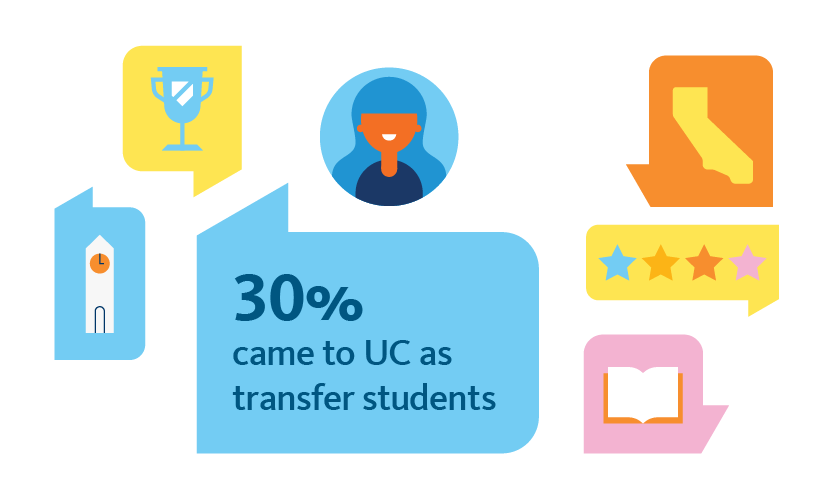
A great path to UC
Transfer programs are essential to UC's goal of expanding opportunity and delivering an accessible, affordable and excellent college education to tens of thousands of California students each year. UC enrolls more community college transfer students than any university of its caliber in the nation. Compare UC’s 30 percent to 18 percent at selective public and 11 percent at selective private universities. That’s 20,000 students in the class of 2023 alone.
The numbers reflect ongoing efforts to open more pathways to college for nontraditional students, including older learners, veterans, student parents, immigrants, low-income individuals and first-generation students. Transfer students come to UC with invaluable perspectives and life experience, enriching their classes and campus communities. In turn, they are supported by a web of holistic resources at every campus.
“Transfer is a great path to a life-changing UC education,” said Han Mi Yoon-Wu, executive director of Undergraduate Admissions. “We want California’s community college students to know we can help them achieve it.”
Like first-gen students, transfer students don’t just enroll at UC, they succeed. In fact, transfer students graduate at higher rates than traditional students. Eighty-nine percent complete their degree, compared to 86 percent of UC students who start as freshmen. To put those numbers in context, nationally just 55 percent of community college transfer students succeed in earning a bachelor’s degree.
And UC transfer students go on to excel professionally. Within a decade of completing their UC degree, most community college transfer students working in California count among the top third of income earners in the state.
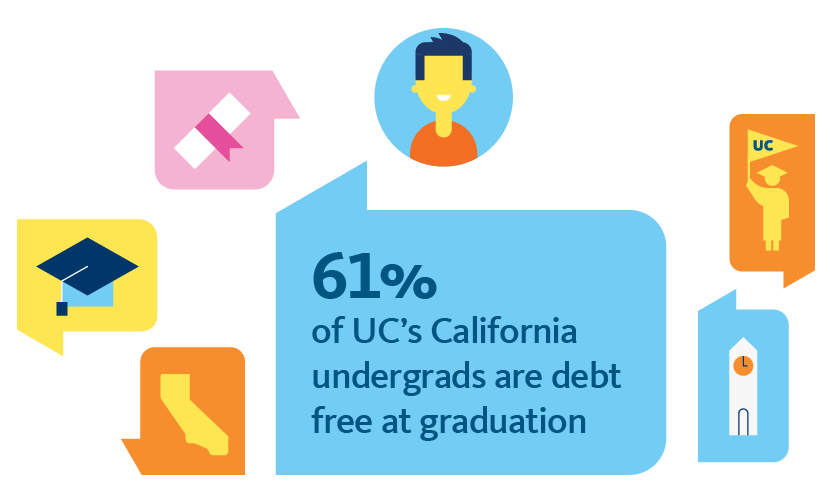
Graduating debt-free
Zabdi Velásquez is graduating debt free, and he's in good company. More than 43 percent of graduating seniors got help paying for college with Pell Grants, federal funds available to students from low-income families. Both UC and the state of California provide even more financial help — funds that do not need to be paid back. In fact, 54 percent of current undergraduates have all their systemwide tuition and fees covered by grants and scholarships.
Financial aid packages can not only make UC doable, but put an entirely debt-free education within reach. For those who do take out loans, the average amount owed at graduation is $17,900, and graduates break even on those costs within 4 to 6 years, thanks to the increased earning power that comes with a UC degree.
“A UC degree is a great equalizer,” said Pamela Brown, UC’s vice president of Institutional Research and Academic Planning in a story on the economic value of a UC degree. “Not only do UC’s low-income students go on to earn more than their parents within just five years of graduation, but we see their incomes doubling within 10 years.” And the benefits of that upward mobility ripple outward, enhancing the lives of families and communities across the state.
